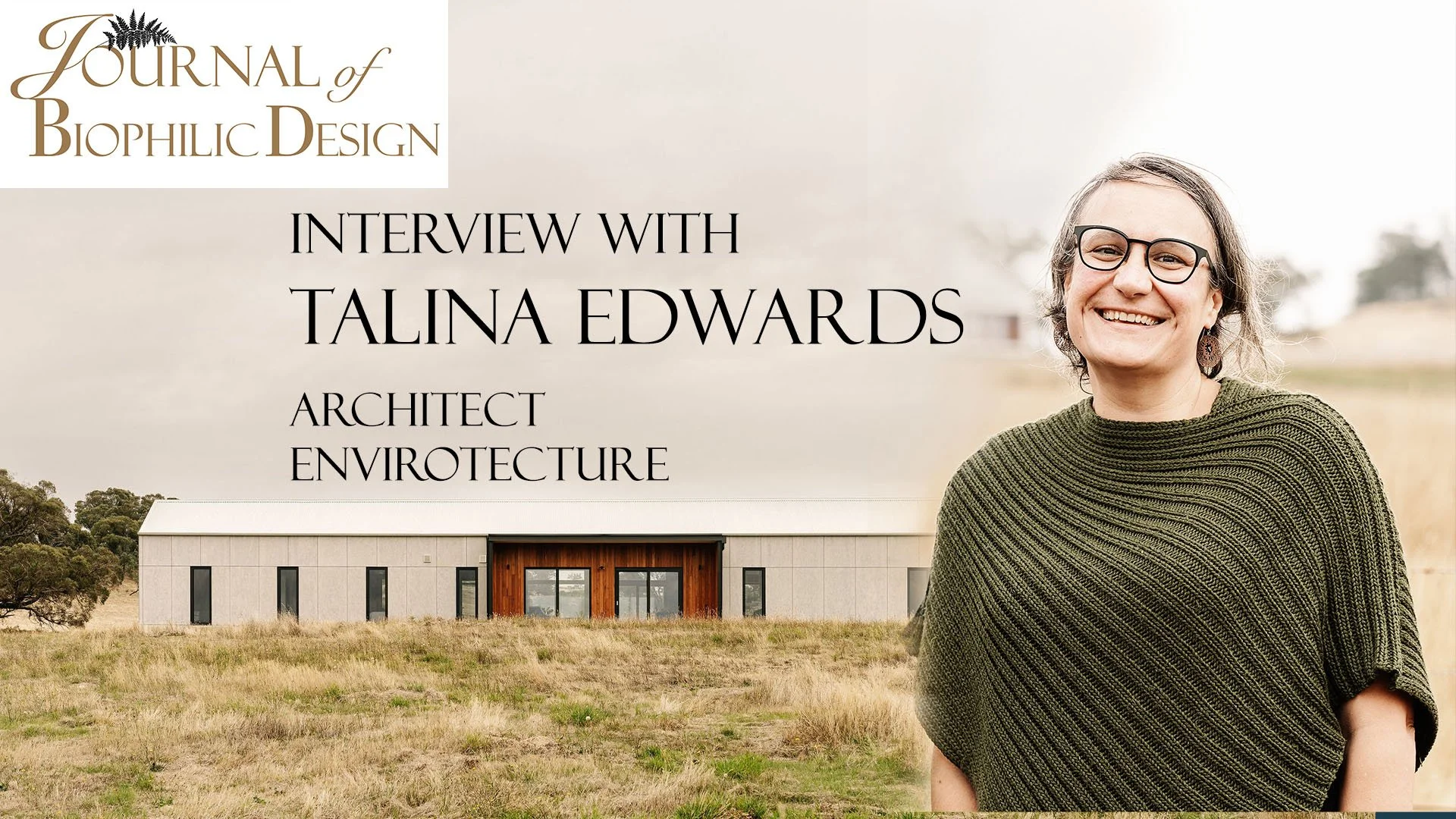We recently published Issue 11 of the Journal of Biophilic Design which had a focus on Hotels and leisure and to celebrate this, we are thrilled to have Louis Thompson, Founder of Nomadic Resorts with us on this podcast.
Nomadic Resorts were one of the finalists in the 2023 Stephen Kellert Biophilic Design award. We were delighted to partner with Living Future Europe to co-publish the book of winners and shortlisted entries of the 2023 Stephen Kellert Biophilic Design Award.
In a world increasingly dominated by concrete and steel, one man is on a mission to rekindle our innate connection with the natural world. Louis, founder of Nomadic Resorts, is pioneering a revolutionary approach to architecture that seamlessly blends human habitats with the surrounding environment.
Louis' journey began not in the halls of design schools, but in the remote corners of the Indian Ocean. After studying European politics, he found himself drawn to the hospitality industry, honing his skills at the luxury resort operator Six Senses. It was here that he discovered his true calling – to create spaces that not only cater to the needs of guests, but also nurture their well-being and foster a deeper appreciation for the natural world.



